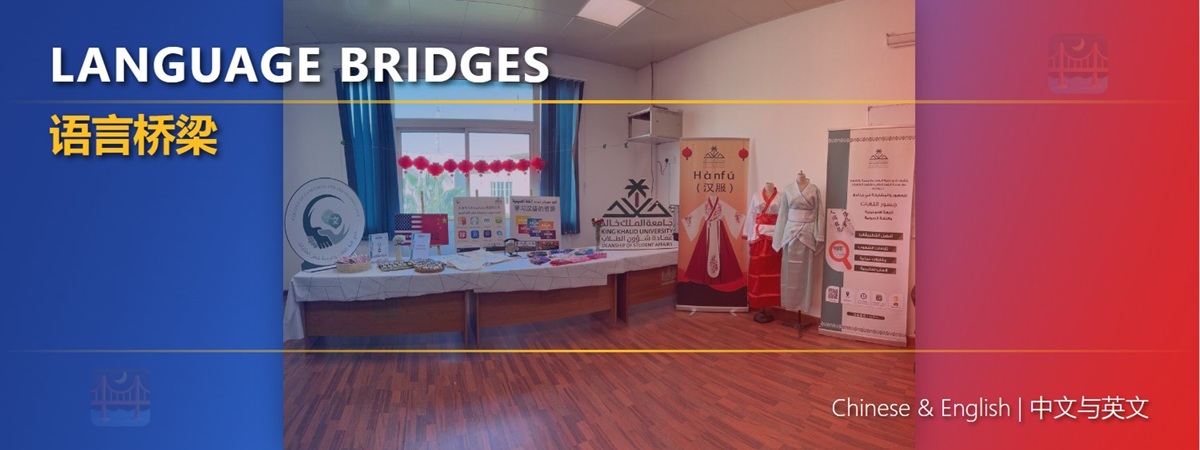
Master's Students Illuminate Intricacies of Simultaneous Interpreting at Language Research Center Seminar
On February 19, 2020, a seminar organized by the Language Research Center featured a presentation on 'Simultaneous Interpreting' by two Master of Arts in Translation program students, Wafa Al-Qahtani and Raneem Riadh.
The presentation began with Al-Qahtani and Riadh defining 'interpreting' as the transfer of one spoken or signed language into another. They emphasized that it's the element of immediacy that differentiates 'interpreting' from 'translation', because the latter typically excludes 'signed language'.
Elucidating on the specifics of Simultaneous Interpretation (SI), the presenters explained that it's a process where the interpreter listens and conveys the entire message in the target language while the speaker continues to talk. Several interesting subtypes of interpretation, such as chuchotage, bidule, and bimodal interpreting, were also discussed. The objective of simultaneous interpreting, they emphasized, is not to paraphrase but to convey the precise message articulated in the source language.
They also explored the origins of SI and its formal adoption in major international organizations like the UN and the EU. Detailing the working environment for simultaneous interpreters, they described a sound-proof booth with a direct view of the conference room, where the interpreter listens to a speaker through earphones and simultaneously transmits the message in another language via a microphone to the listeners.
Highlighting the salient features of SI, Al-Qahtani and Riadh discussed how it promotes efficiency and continuity, minimizes distraction, and maintains concentration. They underscored the skills a simultaneous interpreter must possess, including exceptional language skills, specialized knowledge, and cultural competence.
The seminar focused significantly on Décalage, EVS (lag time), and Word Order. Décalage, defined as the time gap between the source text input and the interpreter's target text output, was discussed in detail. The critical issue of word order, particularly when interpreting languages with diverse syntactic structures such as German, Russian, Chinese, or Japanese into English or French, was also addressed. The speakers explained that the unusual word order in these source languages poses a challenge when interpreted alongside English, as it demands extensive memory capacity on the interpreter's part.
The seminar concluded with words of gratitude from Dr. Ismail Alrefaai, Language Research Center Director, who thanked the participants and encouraged all other Master's students to actively engage in future events. Dr. Eyhab Bader Eddin also extended his appreciation, praising Al-Qahtani and Riadh for their insightful content and the courage to present. The seminar was well-received, marked by informative discussions and interactive participation from faculty members and MA students.


